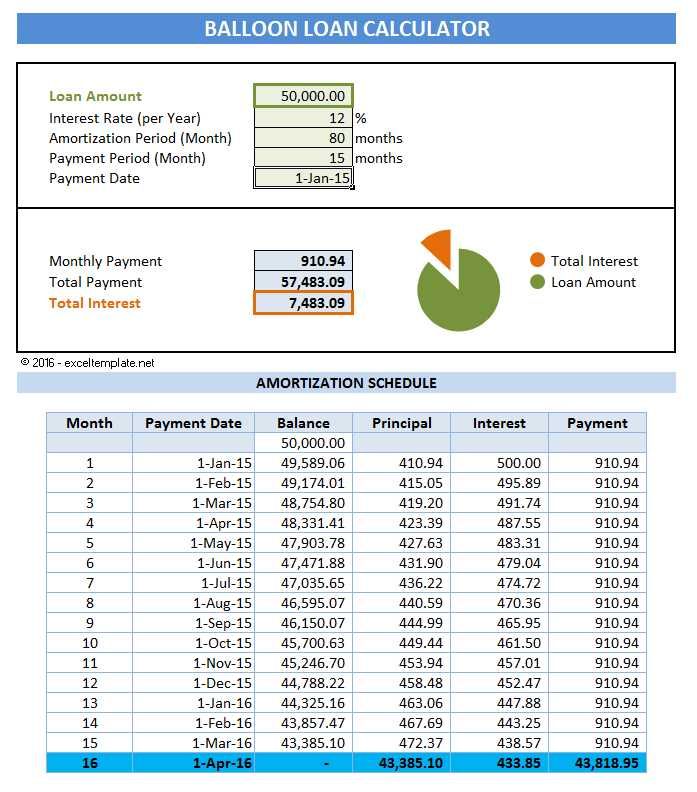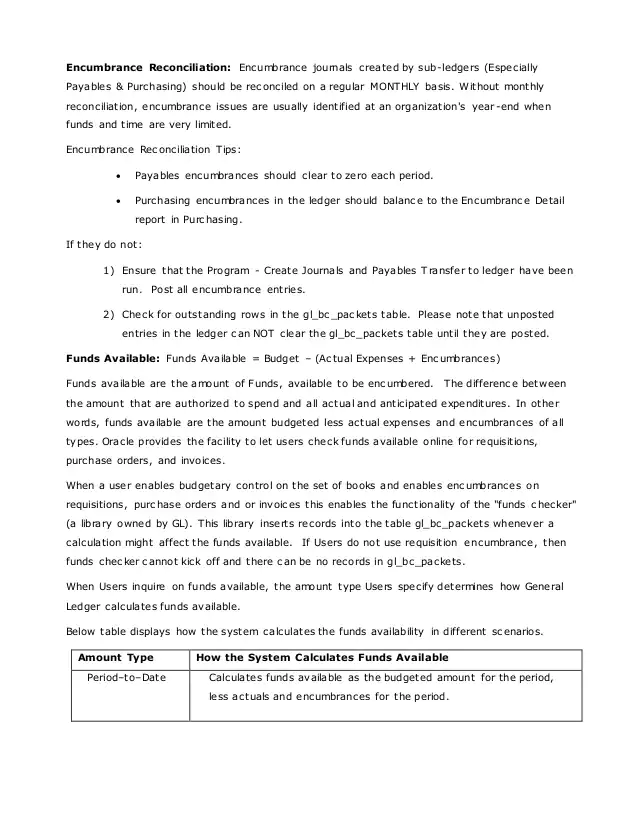How can investors avoid falling into the Cash Trap? J P. Morgan Asset Management

Nearly two-thirds admit that they are bullish on equities, with one-third seeing good value. The same proportion see value in bonds and nearly half are considering increasing allocations, with a bias toward higher quality. Most experts advise buying both equities and bonds, as well as some alternative assets to benefit from diversification — which is a way to lower risk rather than boost returns.
BCG delivers solutions through leading-edge management consulting, technology and design, and corporate and digital ventures. We work in a uniquely collaborative model across the firm and throughout all levels of the client organization, fueled by the goal of helping our clients thrive and enabling them to make the world a better place. With higher rates of inflation, the minimum required return is increased in proportion. Inflation of assets must be financed and will never be recovered in dividends or liquidation.
When consumers hoard cash and sell bonds, this drives bond prices down and yields up. Despite rising yields, consumers are not interested in buying bonds as bond prices are falling. debt restructuring and sovereign bankruptcy A liquidity trap may develop when consumers and investors keep their cash in checking and savings accounts because they believe interest rates will soon rise.
Investor views of risk per asset class over 10 years
The value of investments and income from them can go down as well as up and you may lose some or all of your initial investment. Include flexibility clauses that allow for renegotiation or modification of contractual terms if unforeseen circumstances arise. An equity investor who missed just the 10 best days since 2003 would have seen their annualized performance cut nearly in half. Depending on the type of expenses that you have, your suppliers grant you some time to pay for their invoices.
Cash traps within contracts underscore the importance of careful consideration and legal insight when entering into agreements. Understanding potential pitfalls, seeking clarity on terms, and implementing safeguards are critical steps to avoid financial strain and operational challenges stemming from cash traps. By leveraging these key takeaways, parties can foster contractual relationships that are more adaptable, equitable, and aligned with their financial capacities and changing circumstances. In the realm of finance and accounting, the term “cash trap” holds significant implications for businesses’ liquidity and operational viability. This intricate concept highlights the challenges that arise when a company’s resources are tied up in a way that limits its ability to access cash. In this article, we embark on a journey to unravel the nuances of the cash trap, offering a comprehensive guide that encompasses its definition, impact, and its role within the domain of accounting.
- In the realm of finance and accounting, the term “cash trap” holds significant implications for businesses’ liquidity and operational viability.
- Cash outflow, on the other hand, represents the movement of money out of the company, covering expenses, debts, and investments.
- The demise of many of them appears to owe at least as much to management fads as to serious financial under-performance.
- A cash trap event can be contractually defined leading to the redirection of the cash flows to a third party protecting the lender until the borrower can cure the default.
Cash Trap Account definition

Some opt for linking what goes in the post closing trial balance change management with the schools or currents of organisational thought, which would be an image of enriching the theory and methods over the last century. Other researchers look for paradigms, characteristic mostly of change management, an example of which can be the dichotomy between evolutionary (continuous) and revolutionary (radical) changes105. There are also attempts at an integrated approach to change management, which would include different cognitive perspectives106. Another interpretation, used in this article, is pointing to the relationships between change management and the social sciences paradigms, which means looking for the widest possible point of reference. Deflation occurs when prices fall and the purchasing power of money increases. Adam Hayes, Ph.D., CFA, is a financial writer with 15+ years Wall Street experience as a derivatives trader.
If it is liquidated, many assets will prove to be unconvertible into cash at book value. This is true even though they may show a profit according to the books of account. Either stop investing and manage solely to maximize cash withdrawal, or invest so heavily that a leading position is reached in the market.
Examples of Cash Trap Account in a sentence
The cash trap is a concept that underscores the importance of maintaining a healthy cash flow and efficient financial management. Businesses must vigilantly monitor their liquidity, manage working capital, and assess the impact of strategic decisions on their ability to access cash. In a dynamic economy almost every business, even slow growth ones, require reinvestment of a substantial proportion of reported profit. Inflation alone requires financial growth to compensate for inflation in asset values as they turn over. Additional growth in assets employed is required in order to maintain market share as the industry grows with the economy. Consequently, only a portion of the reported profit can ever be available for distribution unless the business is liquidated.
Another important long term consideration is that the value of cash is difference between report form and account form balance sheets subject to erosion from inflation. Develop contingency plans that outline how parties will navigate unexpected financial challenges within the scope of the contract. I’d love to share the insider knowledge that I’ve acquired over the years to help you achieve your business and financial goals. If the covenants are met within a certain time period, the cash is released by the escrow agent. When you sell your goods and services, clients are required to pay you for their purchases. Retail companies develop and expand by combining both structural attributes and spatial awareness.
If the company’s required threshold on investment return is higher than this deflated profit, then the difference represents the company’s annual opportunity cost. Cash flow statements play a crucial role in identifying potential cash traps. Analyzing the patterns of cash inflows and outflows can help businesses identify areas that may be causing liquidity challenges. However, investors should be wary of falling into the “cash trap.” After all, history has clearly shown that one leaves money on the table by not taking some risk in investing. Against this backdrop, how can investors gain the confidence to step out of cash and build long-term, diversified portfolios?
